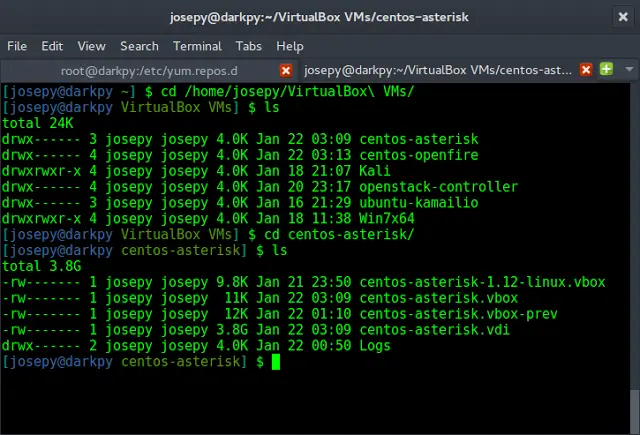As we all know HashSet elements are unordered so the traversed elements can be printed in any order. In order to perform operations over our HashSet such as insertion, deletion, updating elements than first we need to reach out in order to access the HashSet. below are few ways with which we can iterate over elements to perform any kind of operations o Set elements as listed below.
Methods:
- Using for-each loop
- Using forEach method
- Using Iterators
Method 1: Using for-each loop
It is another array traversing technique like for loop, while loop, do-while loop introduced in Java 5. It starts with the keyword for like a normal for-loop. Instead of declaring and initializing a loop counter variable, you declare a variable that is the same type as the base type of the array, followed by a colon, which is then followed by the array name array traversing technique like for loop, while loop, do-while loop introduced in Java 5.
Example:
Java
// Java program to demonstrate iteration over// HashSet using an Enhanced for-loopimport java.util.*;class IterationDemo { public static void main(String[] args) { // your code goes here HashSet<String> h = new HashSet<String>(); // Adding elements into HashSet using add() h.add("Geeks"); h.add("for"); h.add("Geeks"); // Iterating over hash set items for (String i : h) System.out.println(i); }} |
Geeks for
Method 2: Using forEach() method of Stream class
Stream forEach(Consumer action) performs an action for each element of the stream. Stream forEach(Consumer action) is a terminal operation that is, it may traverse the stream to produce a result or a side-effect.
Tip: In Java 8 or above, we can iterate a List or Collection using forEach() method.
Example:
Java
// Java program to demonstrate iteration over// HashSet using forEach() methodimport java.util.*;class IterationDemo { public static void main(String[] args) { // your code goes here HashSet<String> h = new HashSet<String>(); // Adding elements into HashSet using add() h.add("Geeks"); h.add("for"); h.add("Geeks"); // Iterating over hash set items h.forEach(i -> System.out.println(i)); }} |
Geeks for
Method 3: Using an Iterator
The iterator() method is used to get an iterator over the elements in this set. The elements are returned in no particular order. Below is the java program to demonstrate it.
Example
Java
// Java program to Illustrate Traversal over HashSet// Using an iterator// Importing required classesimport java.util.*;// Main classclass GFG { // Main driver method public static void main(String[] args) { // Creating empty HashSet by declaring object // of HashSet class of string type HashSet<String> h = new HashSet<String>(); // Adding elements into HashSet // using add() method h.add("Geeks"); h.add("for"); h.add("Geeks"); // Iterating over HashSet elements // using iterator Iterator<String> i = h.iterator(); // Holds true till there is single element remaining // in the Set while (i.hasNext()) // Printing the elements System.out.println(i.next()); }} |
Geeks for
Time complexity: O(n) to add n elements
Auxiliary space: O(n)




